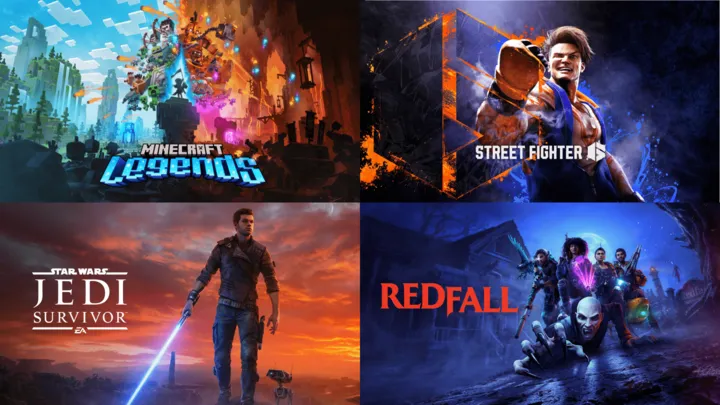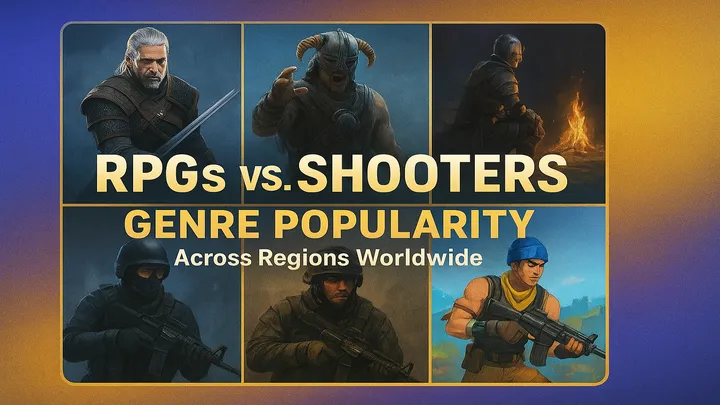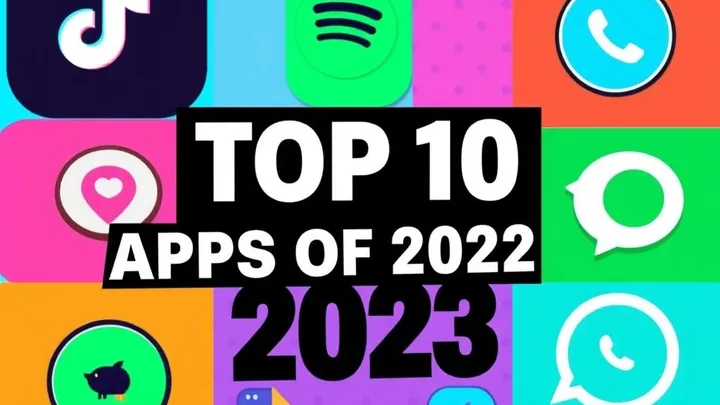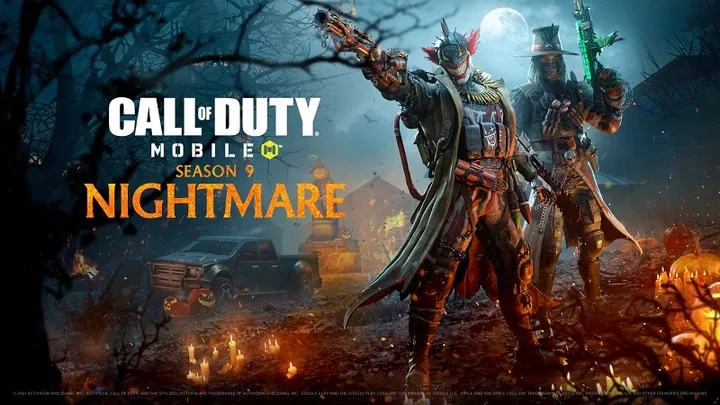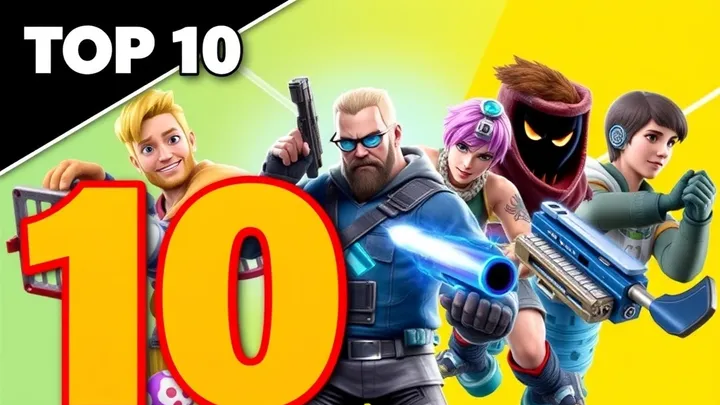Introduction
Valorant, developed by Riot Games, is a tactical first-person shooter that has taken the gaming community by storm since its release in June 2020. Combining precise gunplay with unique character abilities, Valorant offers a deeply strategic experience that requires teamwork, communication, and skill. This guide aims to provide an in-depth overview of how to play Valorant, covering everything from basic mechanics to advanced strategies, ensuring players of all skill levels can improve their gameplay.
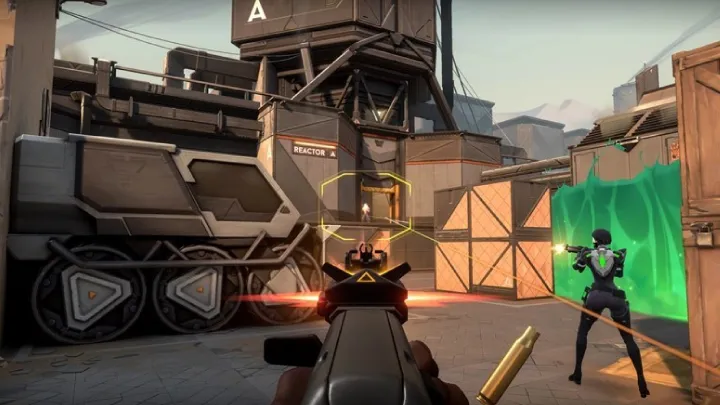
1. Getting Started
1.1 Installation and Setup
To begin your journey in Valorant, follow these steps:
- Download the Game: Visit the official Valorant website and download the game client. The installation process is straightforward, and the game is free-to-play.
- Create a Riot Account: If you don't already have a Riot account, you'll need to create one. This account will track your progress and allow you to access various features.
- System Requirements: Ensure your PC meets the minimum system requirements for smooth gameplay. Valorant is optimized for a wide range of hardware, but a higher-end setup will enhance your experience.
1.2 Understanding the Game Modes
Valorant offers several game modes, each catering to different playstyles:
- Unrated: The standard mode where teams compete to win rounds by either planting the Spike or eliminating the opposing team.
- Spike Rush: A quicker, more casual mode that allows players to experience the game in shorter matches.
- Competitive: A ranked mode where players can test their skills and climb the leaderboard.
- Deathmatch: A free-for-all mode focused on individual skill, where players respawn immediately after being eliminated.
2. Core Gameplay Mechanics
2.1 Agents and Their Abilities
At the heart of Valorant are its diverse agents. Each agent belongs to one of four roles: Duelist, Initiator, Controller, or Sentinel. Understanding these roles is crucial for effective teamwork.
2.1.1 Agent Roles
- Duelists: These agents excel at taking down enemies. They are designed to create space and make aggressive plays.
- Example Agents: Jett, Reyna, Phoenix
- Initiators: These agents help teams break through enemy defenses, often using abilities to scout or disrupt.
- Example Agents: Sova, Breach, Skye
- Controllers: Focused on manipulating the battlefield, controllers can block sightlines and create advantageous situations for their team.
- Example Agents: Omen, Viper, Brimstone
- Sentinels: These agents provide support and defense, often healing teammates or gathering intelligence.
- Example Agents: Sage, Killjoy, Cypher
2.1.2 Using Abilities Effectively
Each agent has unique abilities that can be used strategically. Understanding when and how to use these abilities can turn the tide of a match. For example, using Sova’s drone to scout enemy positions or Sage’s healing ability at the right moment can be game-changing.
2.2 The Economy System
A key aspect of Valorant is its economy system, which affects gameplay significantly.
2.2.1 Earning and Spending Credits
Players earn credits based on their performance in each round. Winning a round, getting kills, and planting or defusing the Spike all contribute to your credit total.
- Buying Weapons and Abilities: At the beginning of each round, players can use their credits to purchase weapons and abilities. Understanding when to save (eco round) or spend is crucial for team success.
- Saving: In some situations, it’s better to save credits for a future round rather than buying subpar equipment. This strategy can provide a better chance of winning the next round.
2.3 Map Knowledge
Understanding the maps is vital for success in Valorant. Each map has unique layouts, sightlines, and choke points.
2.3.1 Key Maps
- Bind: Known for its teleporters, which can create dynamic plays. Controlling the teleporters can lead to unexpected flanks.
- Haven: Features three bomb sites, forcing teams to spread their defenses. Coordination is essential to cover all options.
- Split: Emphasizes verticality and tight corridors, making it important to control the middle of the map.
2.3.2 Learning Callouts
Each map has specific callouts for locations, which facilitate communication among teammates. Familiarizing yourself with these callouts will improve teamwork and strategies during matches.
3. Game Strategies
3.1 Team Communication
Effective communication is essential in Valorant. Use voice chat or text chat to share information about enemy locations, strategies, and plans.
3.1.1 Callouts and Pings
- Use specific callouts for locations on maps to quickly convey information to your team.
- Utilize the ping system to mark enemy positions or suggest strategies without using voice chat.
3.2 Playing as a Team
Valorant is a team-based game, and playing solo will often lead to defeat. Here are some tips for effective teamwork:
- Stick Together: Avoid wandering off alone. Stay with your team to provide support and increase your chances of winning engagements.
- Utilize Abilities: Coordinate the use of abilities with your teammates. For example, an Initiator can use their abilities to create openings for Duelists to secure kills.
3.3 Positioning and Map Control
Positioning is critical in Valorant. Here are some tips:
- Hold Angles: Use corners and cover to your advantage. Holding angles can surprise enemies and give you an edge in gunfights.
- Map Control: Take control of key areas of the map to deny the enemy team valuable sightlines and information.
4. Advanced Techniques
4.1 Crosshair Placement
Proper crosshair placement can significantly improve your aim. Keep your crosshair at head level and aimed at common angles where enemies might appear. This reduces the amount of adjustment needed when an enemy appears, increasing your chances of landing shots.
4.2 Movement Techniques
- Strafing: Move side to side while shooting to make yourself a harder target. Combine this with crouching for added unpredictability.
- Counter-strafing: Learn to stop your movement before shooting. This technique allows you to shoot accurately while still being mobile.
4.3 Utility Usage
Understanding how to use utility effectively can turn the tide of a match. Here are a few tips:
- Smoke Placement: Use smokes to block enemy sightlines, allowing your team to push or plant the Spike safely.
- Flashes: Use flashbangs to blind enemies before entering a site, gaining the element of surprise.
5. Improving Your Skills
5.1 Practice and Aim Training
To improve your skills in Valorant, regular practice is essential. Utilize aim trainers or practice in the game’s shooting range to refine your aim and reaction times.
5.2 Watching Professional Players
Learning from professional players can provide valuable insights. Watch tournaments or streams to understand advanced strategies, positioning, and decision-making.
5.3 Analyzing Your Gameplay
Record and review your gameplay to identify areas for improvement. Look for mistakes in positioning, aim, or decision-making, and work on those aspects in future matches.
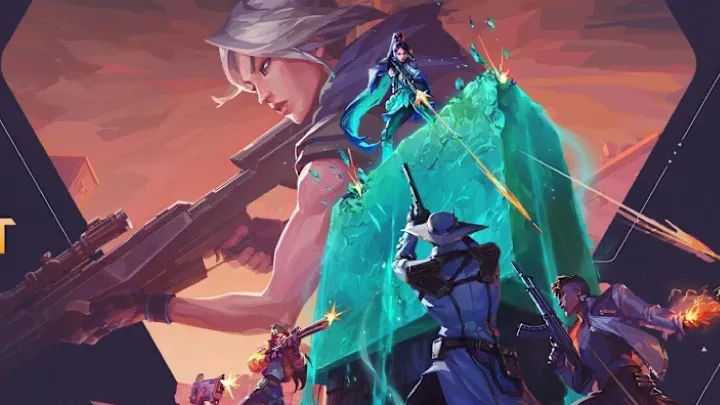
6. Community and Resources
6.1 Joining Communities
Engage with the Valorant community through forums, Discord servers, or social media. Connecting with other players can provide tips, strategies, and support.
6.2 Utilizing Online Resources
There are numerous online resources available to help you improve, including guides, tutorials, and videos. Websites like YouTube and Twitch are great places to find content from experienced players.
Conclusion
Valorant is a game that rewards strategy, teamwork, and skill. By understanding the game’s mechanics, mastering agent abilities, and developing effective communication with your team, you can significantly improve your gameplay.
Whether you are a newcomer or a seasoned player, continuous learning and practice will enhance your experience in Valorant. As you dive deeper into the game, remember that the journey of improvement is just as important as the victories you achieve. Embrace the challenge, enjoy the process, and good luck on your quest to become a Valorant champion!












